The Liberation of Paris is commemorated every year on August 25. On that day, the city of Paris honors those who helped liberate the capital.
On August 25, awaiting the capitulation of the enemy forces, the “Nueve” received the order to secure the Palais Bourbon, the Hôtel Majestic (headquarters of the German military high command avenue Kléber (75016) which no longer exists today) and the place de Concord. For their part, the Parisians organize themselves to resist against the occupier by actions and sacrifices. That day, at 3:30 p.m., in front of Montparnasse station, General Philippe Leclerc de Hauteclocque received the surrender of the troops occupying Paris. The document is signed by General Dietrich von Choltitz, commander of the 84th Army Corps, and countersigned by Colonel Henri Rol-Tanguy, regional chief of the FTP-FFI (Francs tireurs et partisans des Forces Françaises de l’intérieur).
79th anniversary of the Liberation
As every year, several events are organized around this commemoration chaired by Anne Hidalgo, Mayor of Paris.
10 am: Ceremony place Stalingrad (75019) in front of the Tree of Liberty.
10:30 a.m.: Ceremony organized by the SNCF with a laying of wreaths in front of the plaque paying tribute to the deportees, Gare de l’Est (75010)
11:30 a.m.: Ceremony of unveiling of the plaque recalling the clandestine printing of the first edition of “Silence de la mer”, 88 boulevard de l’Hôpital (75013). In memory of the author Jean Bruller, known as Vercors and of the intellectual resistance represented by the clandestine publication of Silence de la mer, Members of the families of Jean Bruller and Pierre de Lescure, co-founder of Editions de Minuit (Pierre and Roland Lescure, his grandsons) as well as the current director of Editions de Minuit, Thomas Simonnet, were present.
2:30 p.m.: Military ceremony in front of the plaque commemorating the surrender of German troops, Pace of June 18, 1940 (75006).
3:30 p.m.: Ceremony in tribute to the 2nd Armored Division in front of the statue of Marshal Leclerc at Porte d’Orléans (75014).
5:45 p.m.: Taking up arms on the Place de l’Hôtel de Ville (75004). Reading of the in Memoriam, historical and musical evocation on the theme of “Dans la nuit, la Liberté-L’année 1943”.
The Liberation Museum
The Paris Liberation Museum is also called the General Leclerc Museum or the Jean Moulin Museum. It was inaugurated on August 25, 2019, on the occasion of the 75th anniversary of the Liberation of Paris.
Located on Place Denfert-Rochereau, the museum is set up on an 18th century heritage site, in the fully restored and refurbished Ledoux pavilions and in the adjacent 19th century pavilion. The location was not chosen at random since General Leclerc crossed Place Denfert-Rochereau to liberate Paris from Nazi occupation.
The role of the museum
Designed to convey to the public the history of the Liberation of Paris and of 2 great names who marked the Second World War, Marshal Philippe Leclerc de Hautecloque and the resistance fighter Jean Moulin, it brings together historical works and documents from the Musée du General Leclerc, originally located above Gare Montparnasse, but also Antoinette Sasse and the Maréchal Leclerc de Hautecloque Foundation.
The visit to the Liberation Museum, whose access to the collections is free, is an immersion in history. It begins with the command post of Colonel Rol-Tanguy, head of the French Interior Forces in the Paris region, installed 20 meters underground during the week of the Liberation of the capital.
Visit route
The museum offers a permanent route to chronologically discover temporary exhibitions, conference rooms are accessible to all including those for people with reduced mobility who can reach the different levels, from the 1st basement to the first floor, by an elevator. Only the passive defense shelter is not yet accessible to people with reduced mobility. Each stage of the conflict is exposed with “a clear and didactic bias”. The challenge is to transmit “this fundamental page of history to as many people as possible thanks to more than 7,000 documents, objects and photographs, archive videos and testimonies…. You have the possibility of visiting a former underground resistance shelter, unique anti-aircraft shelter, reinvented for the occasion and to meet Colonel Rol-Tanguy, while following the paths of Jean Moulin and General Leclerc, during the interwar period, the Resistance, the African campaign and the Landing until the Liberation of Paris…
Copyright ©2023 IMPACT EUROPEAN
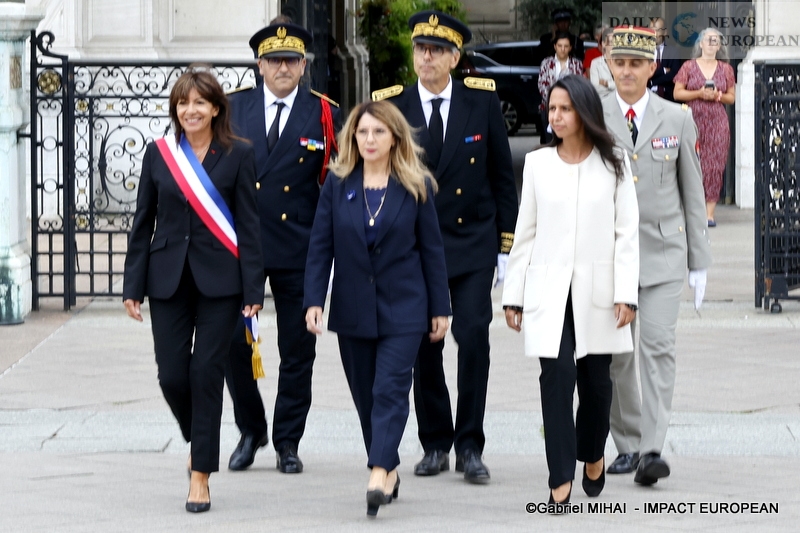
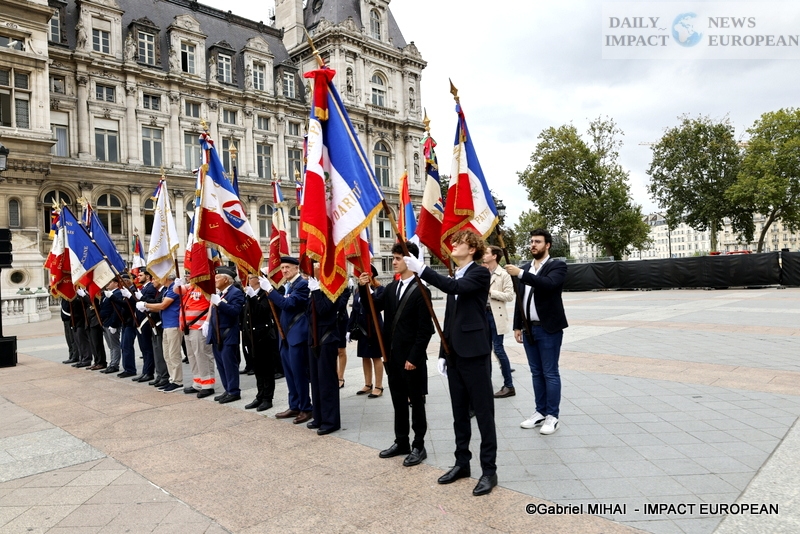
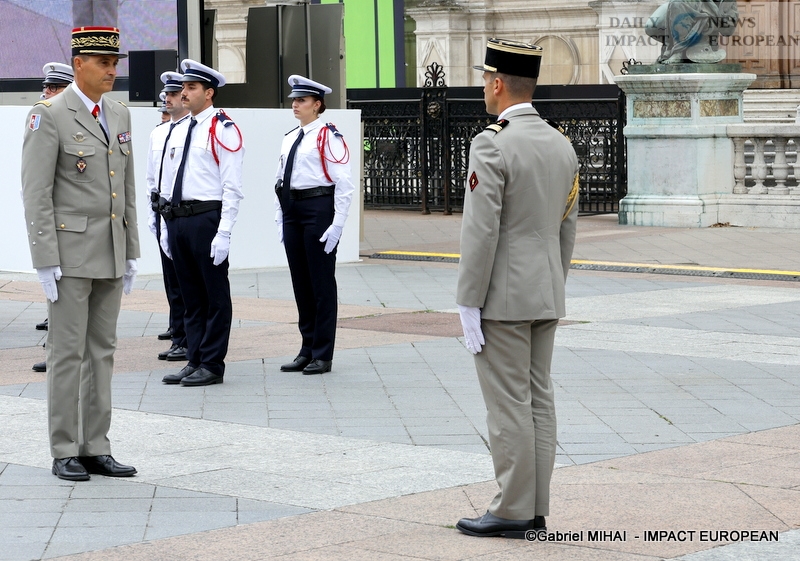
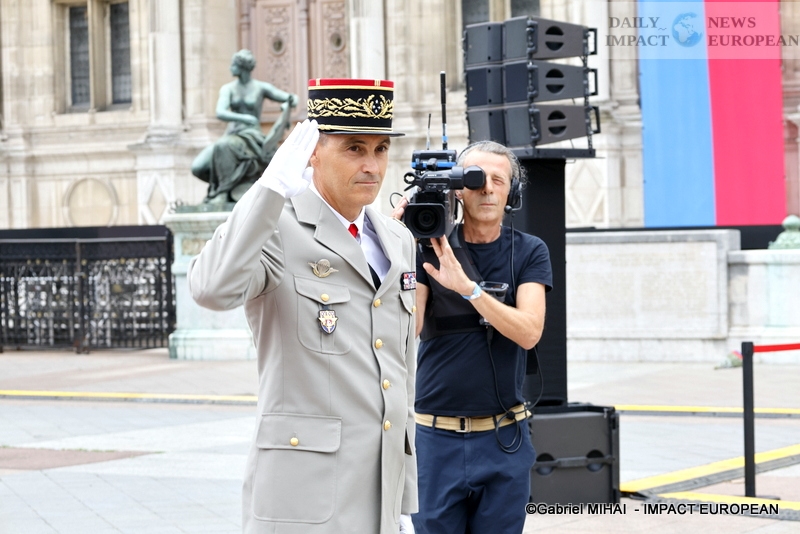
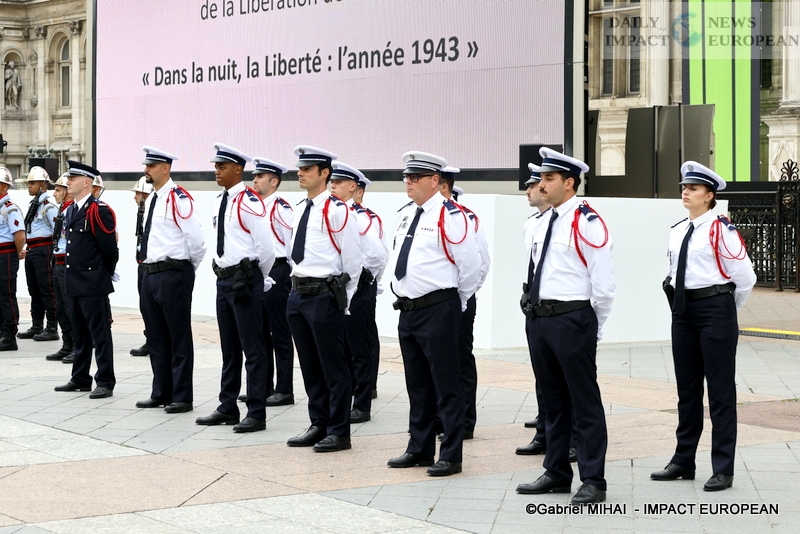
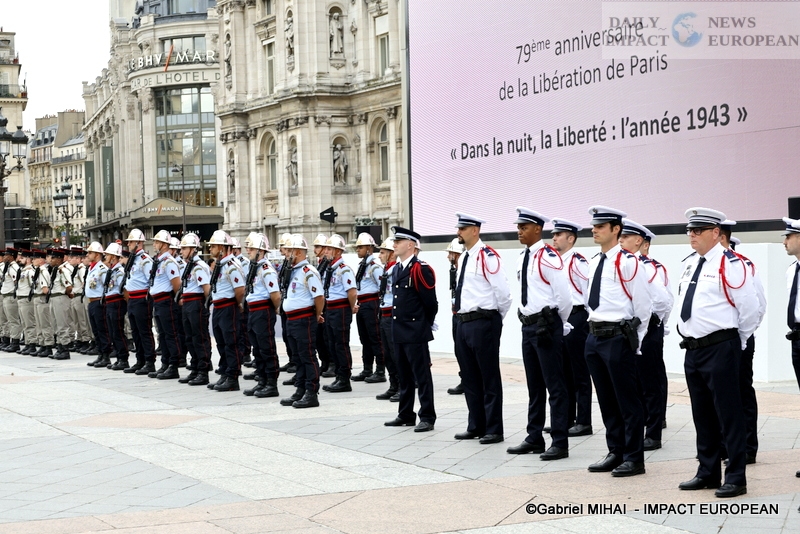
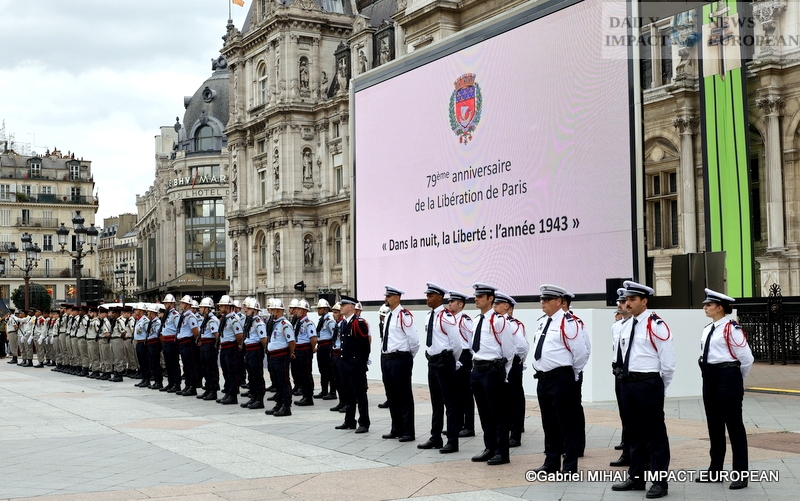

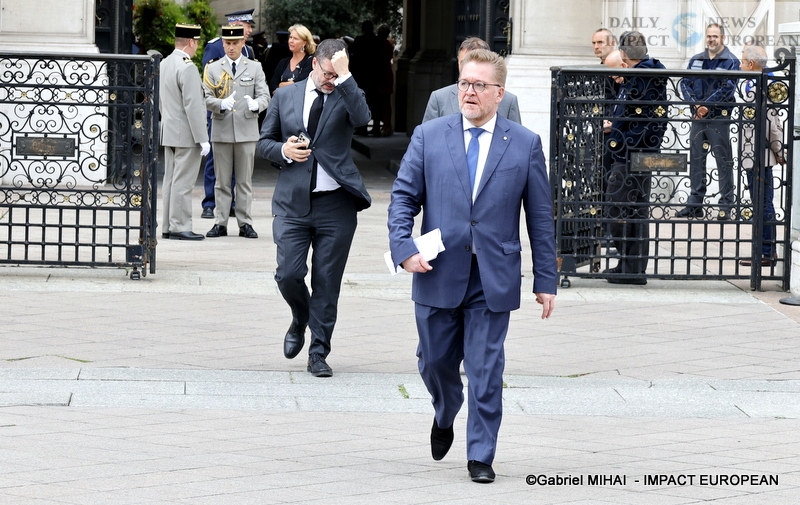
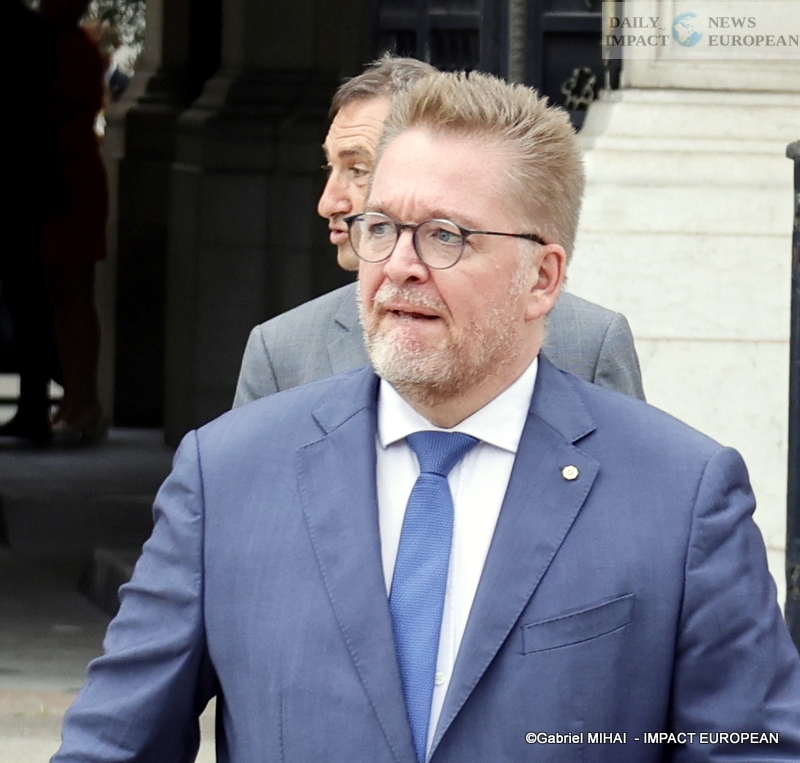
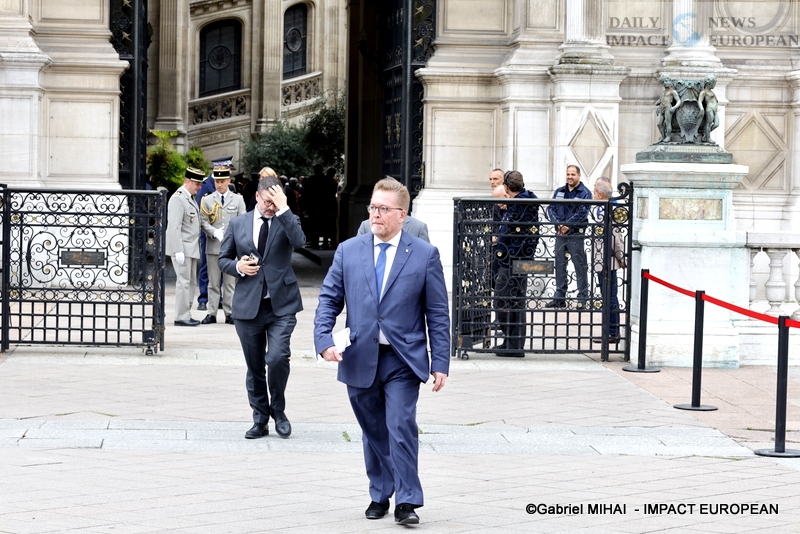
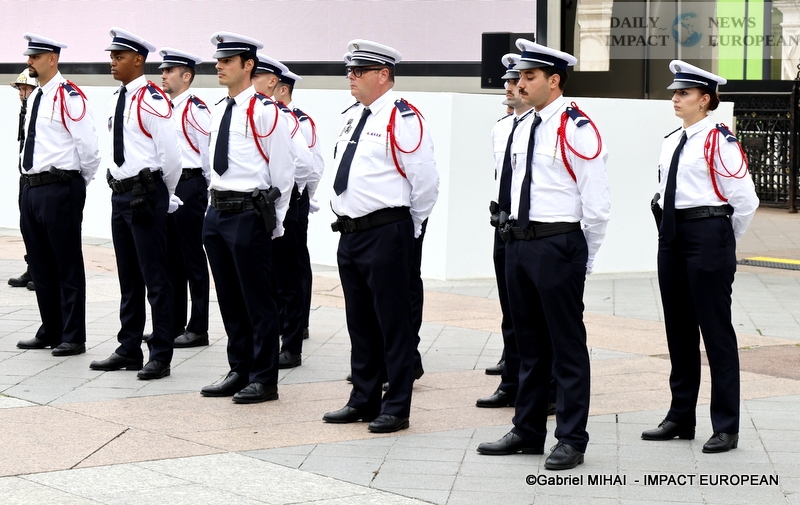
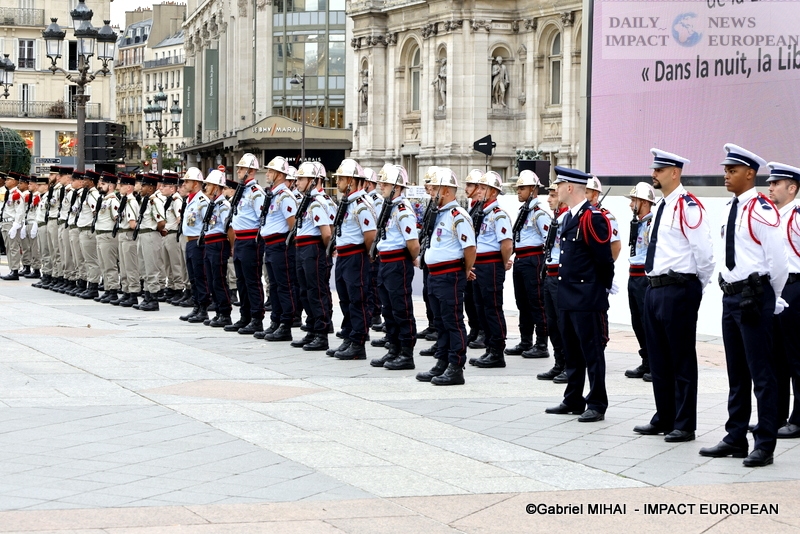
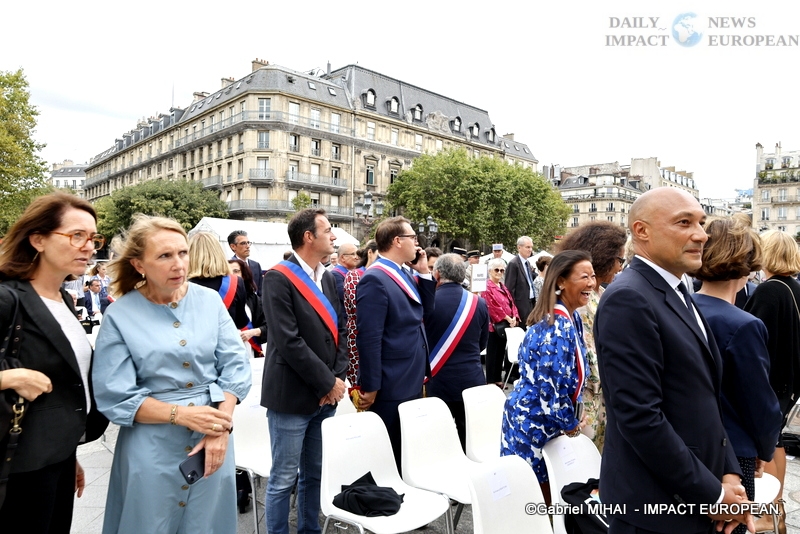
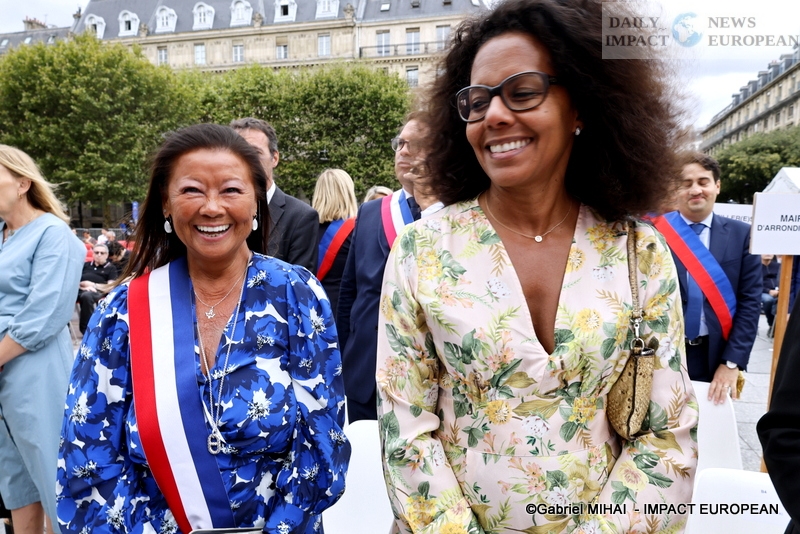
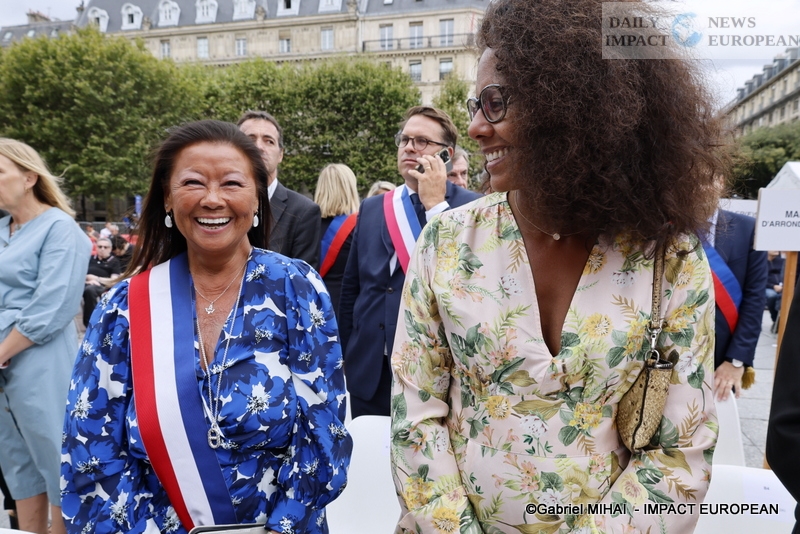
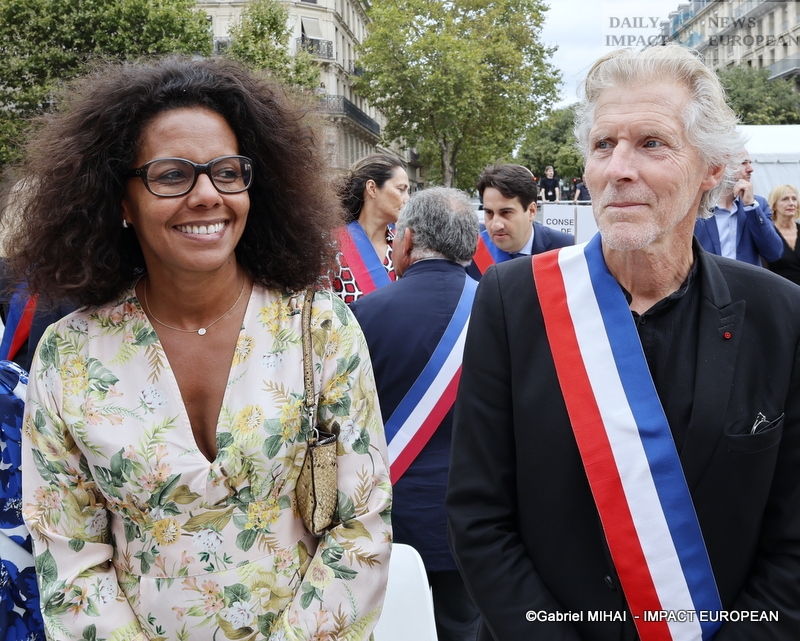
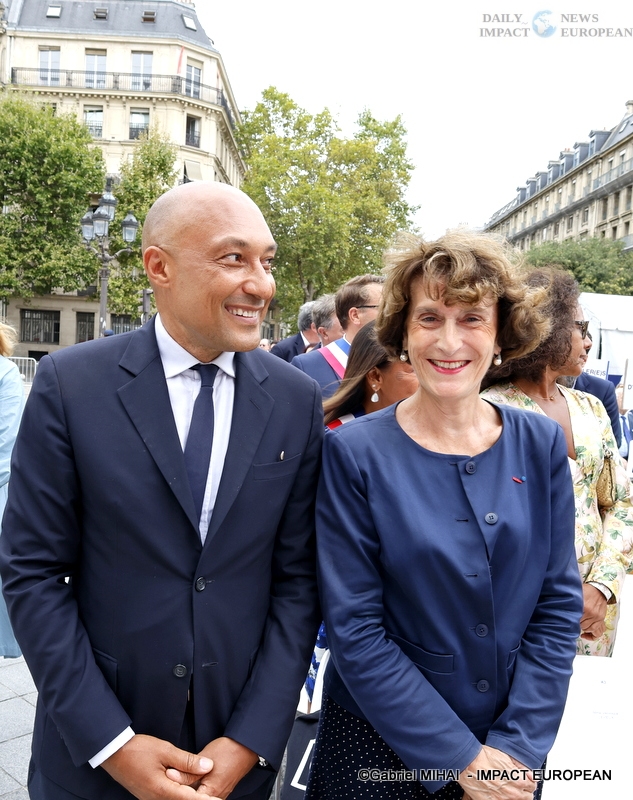
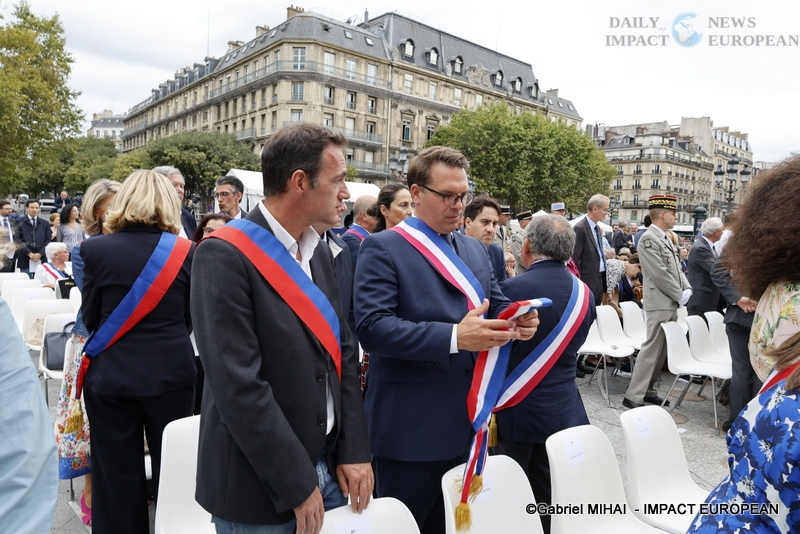
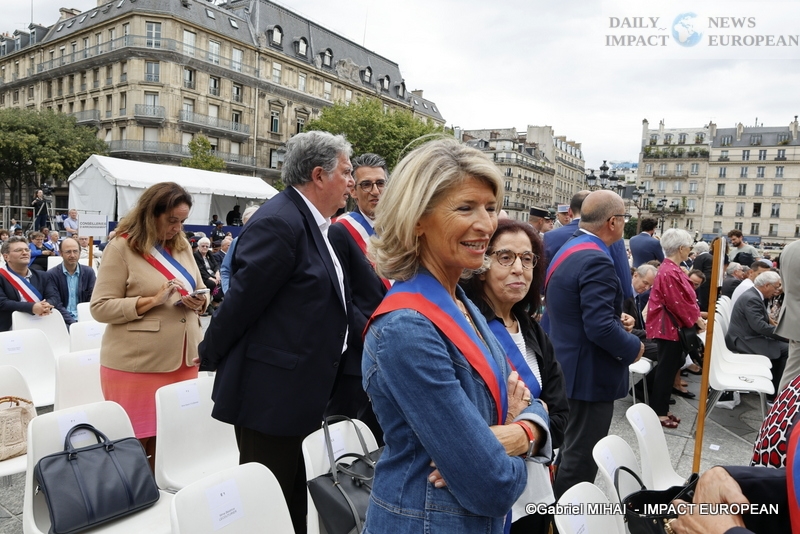
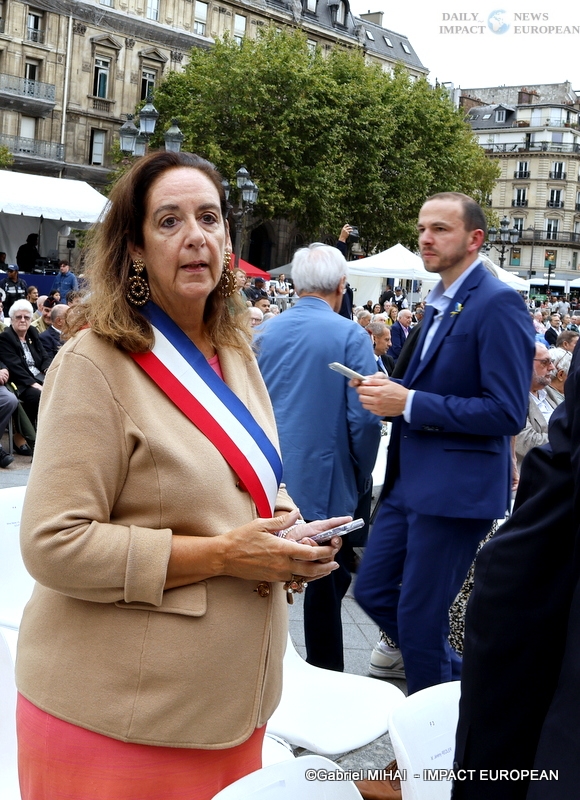
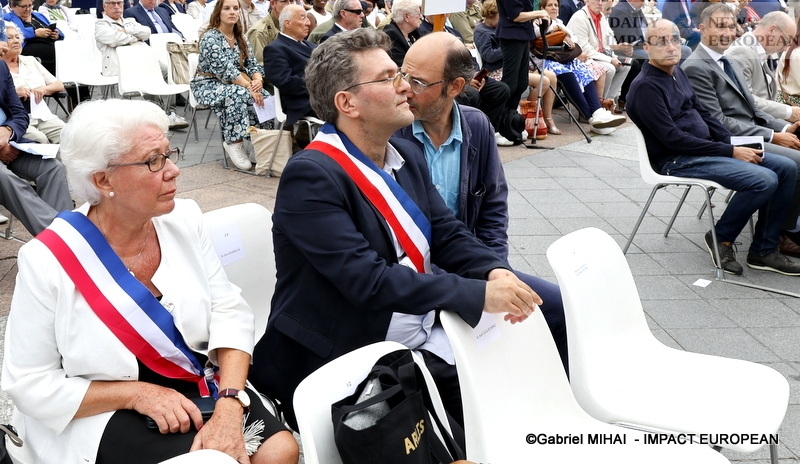
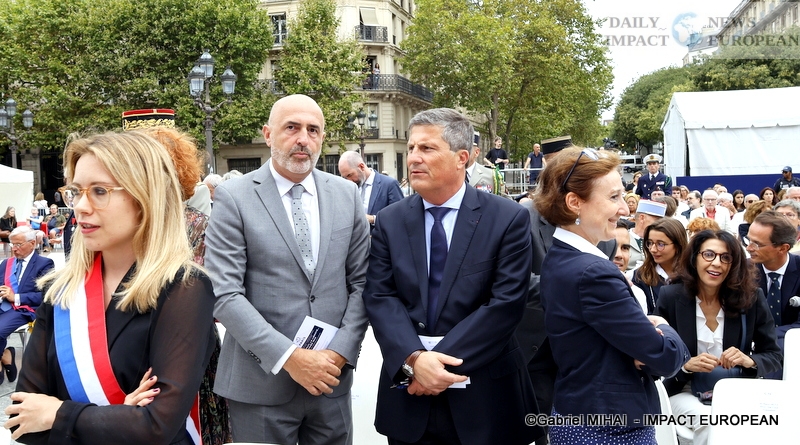

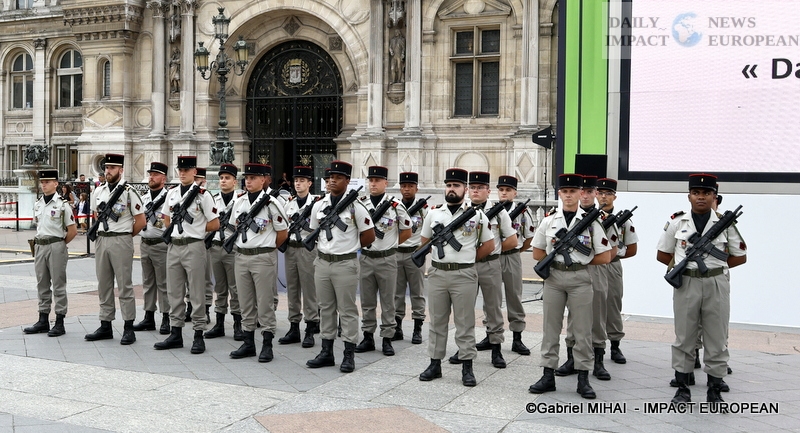
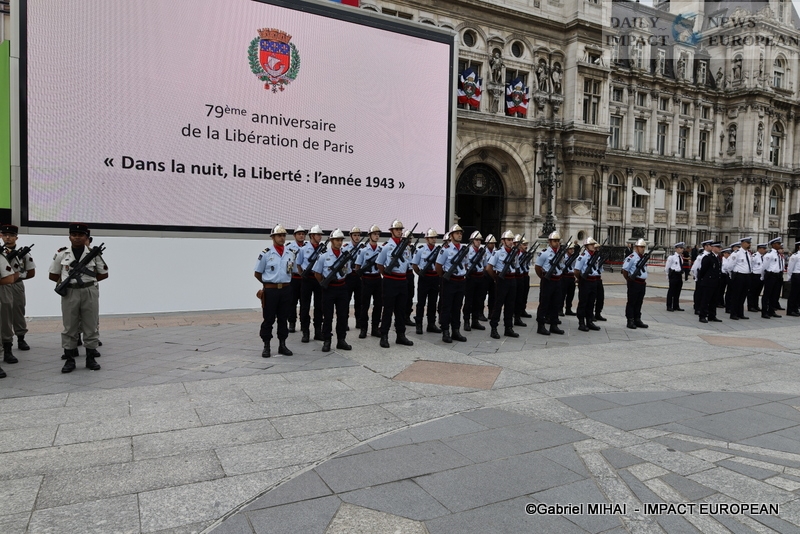
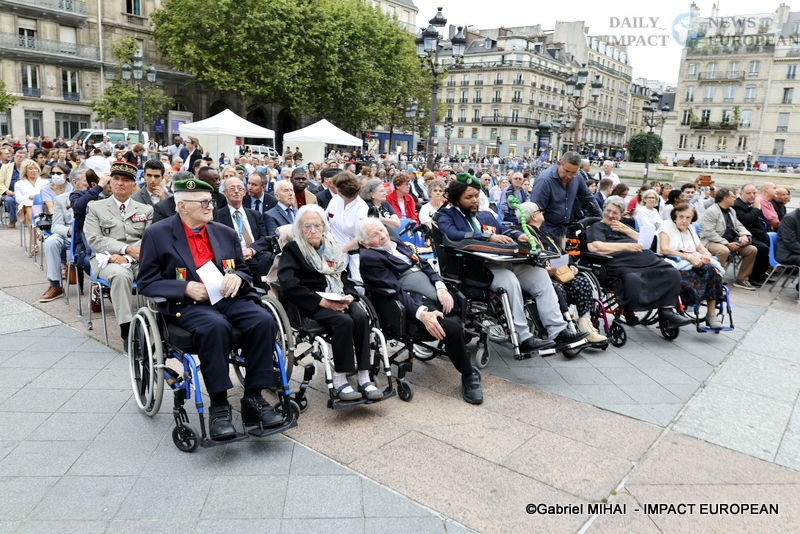
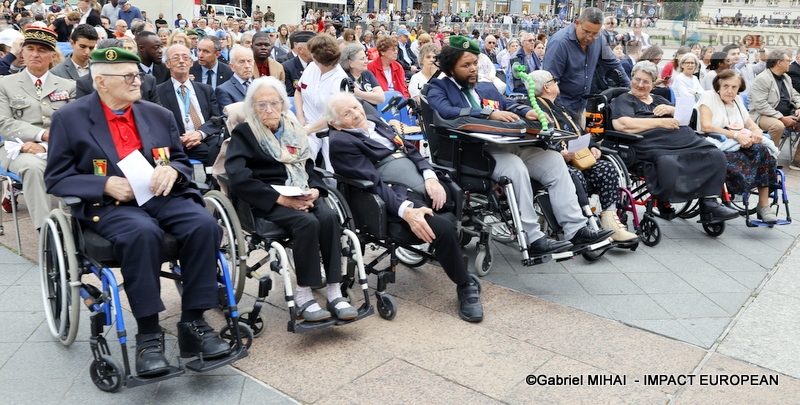
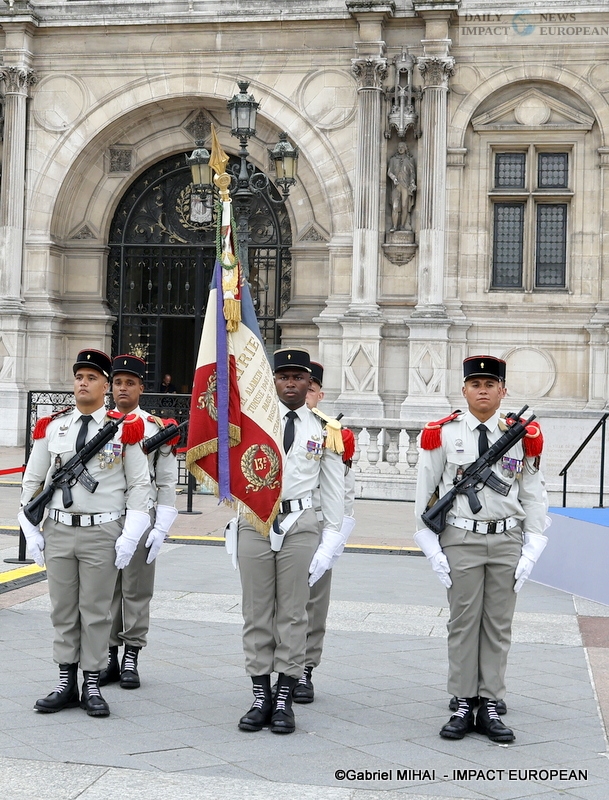
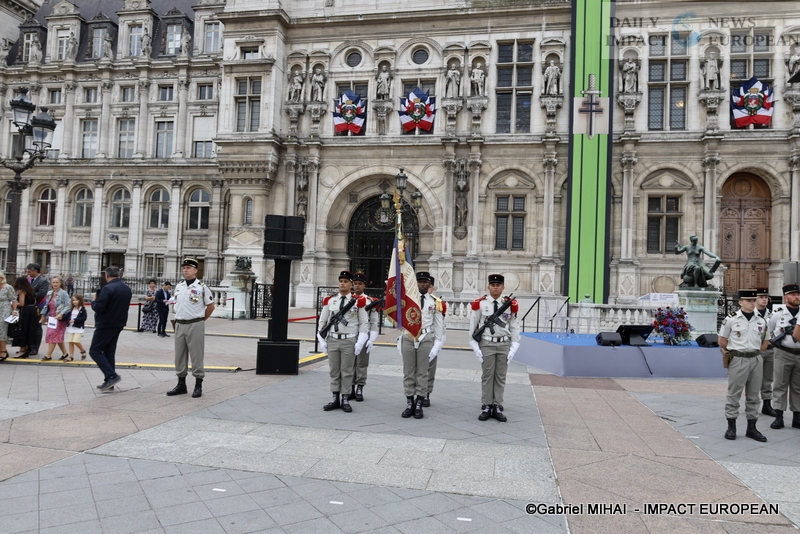
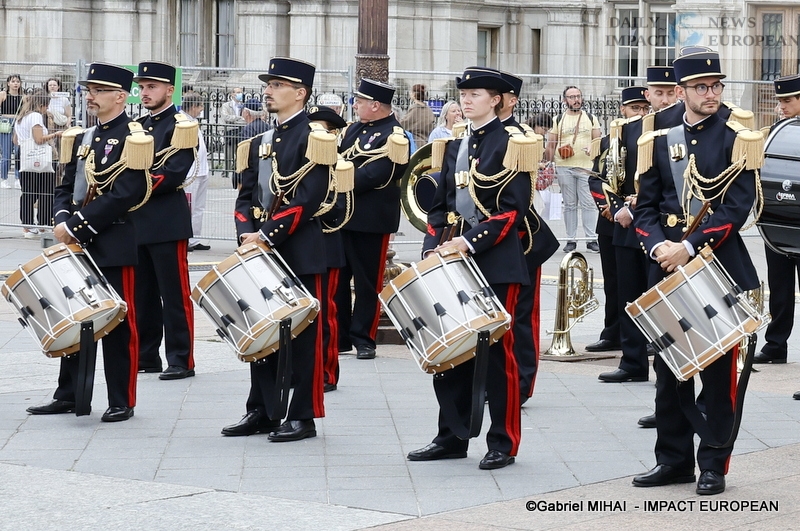
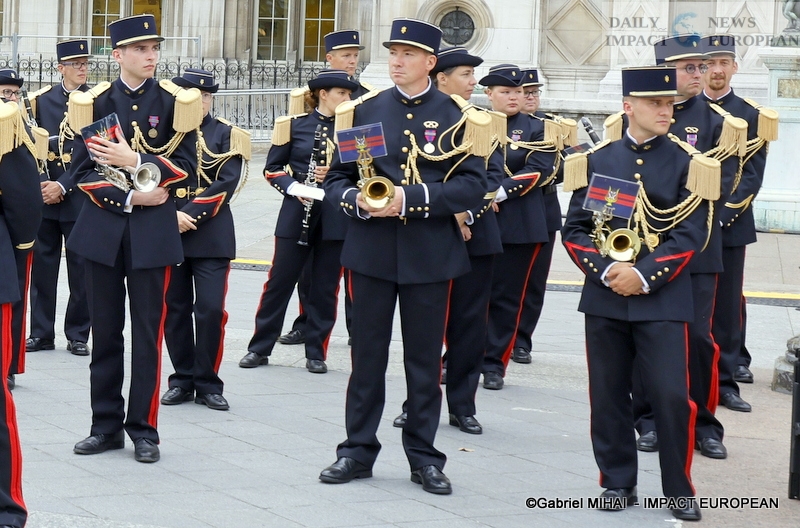
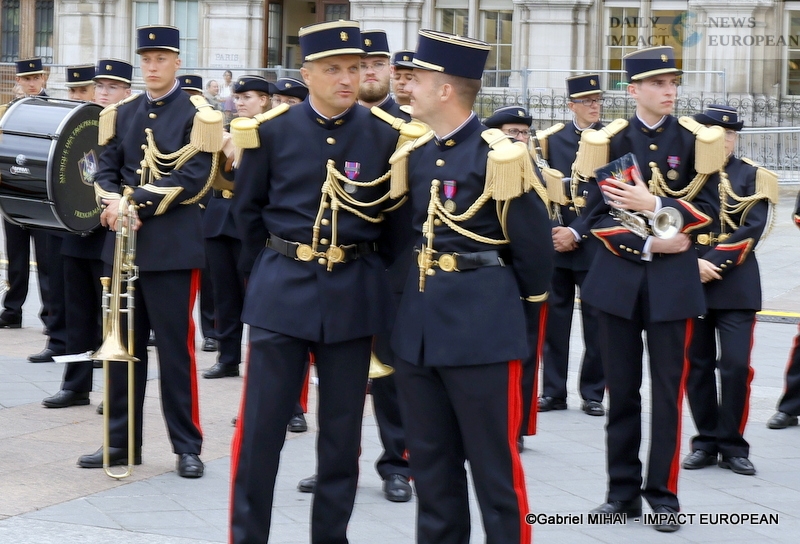
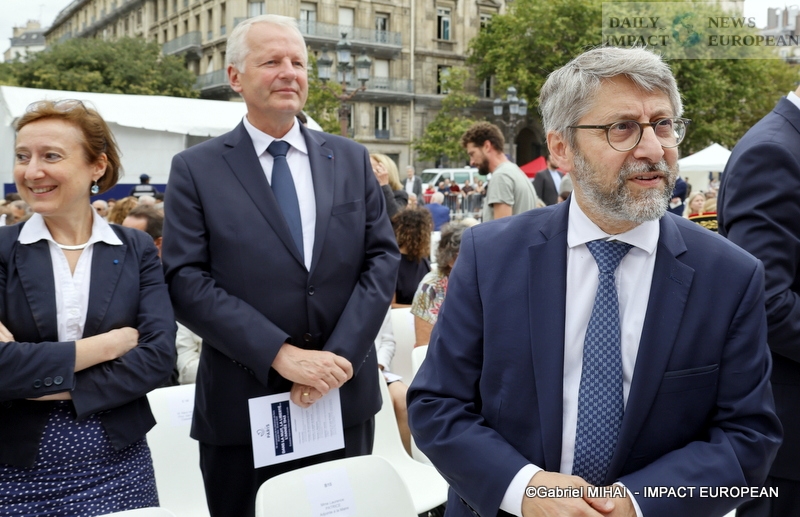
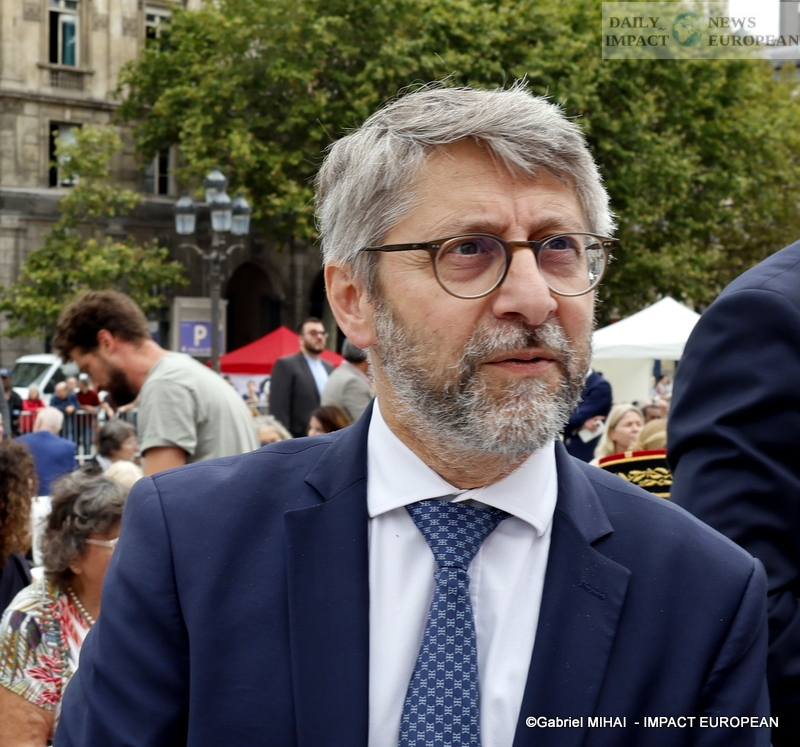
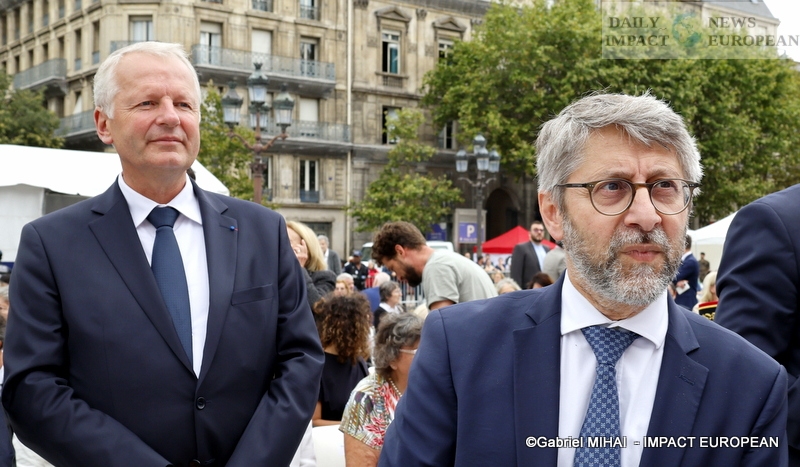
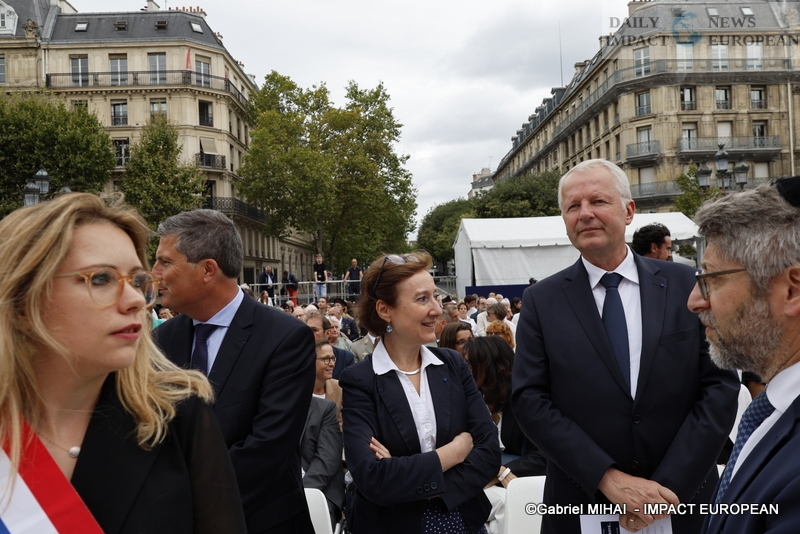
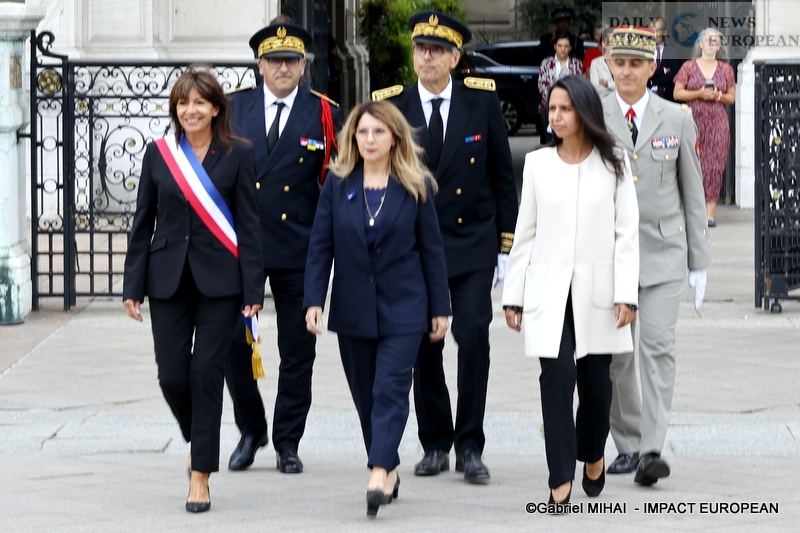
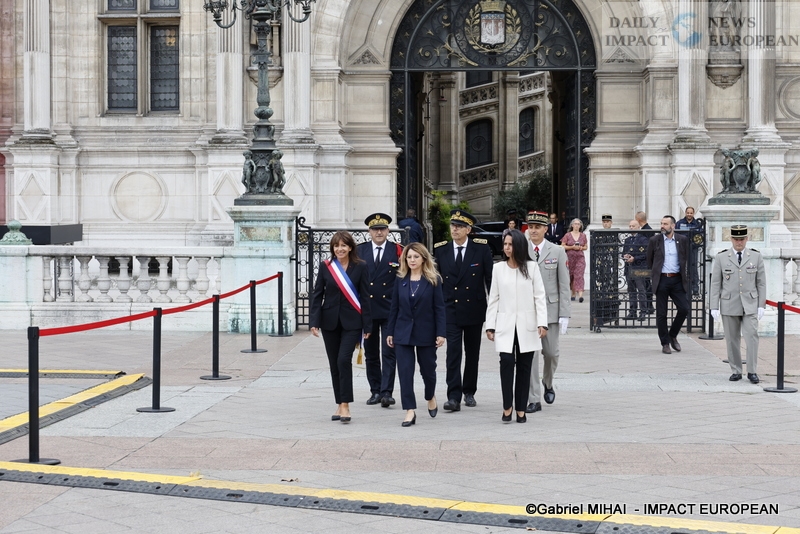
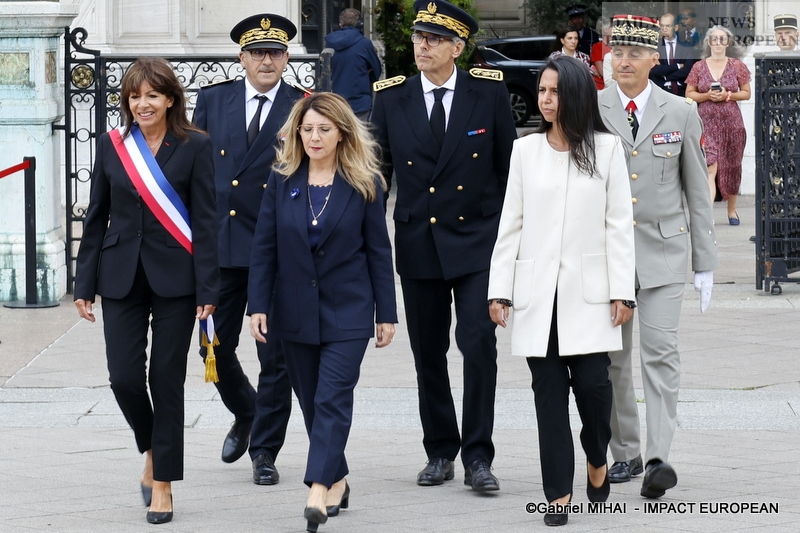
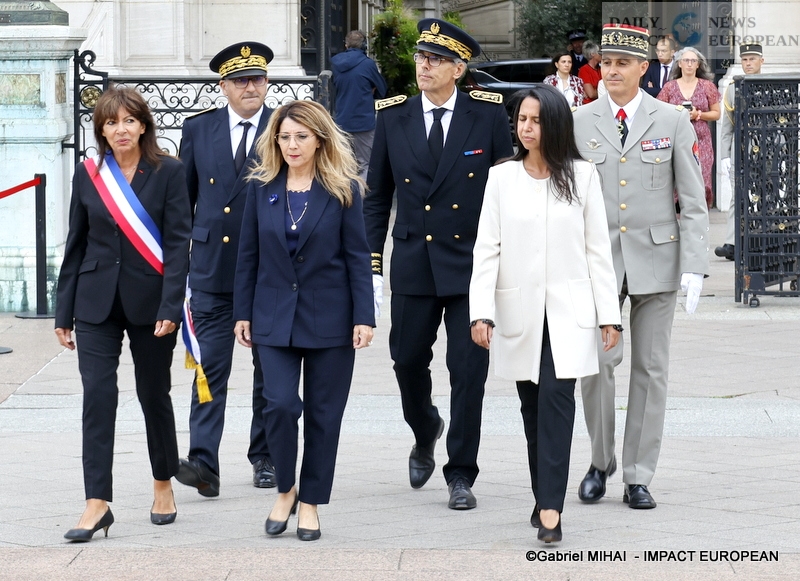
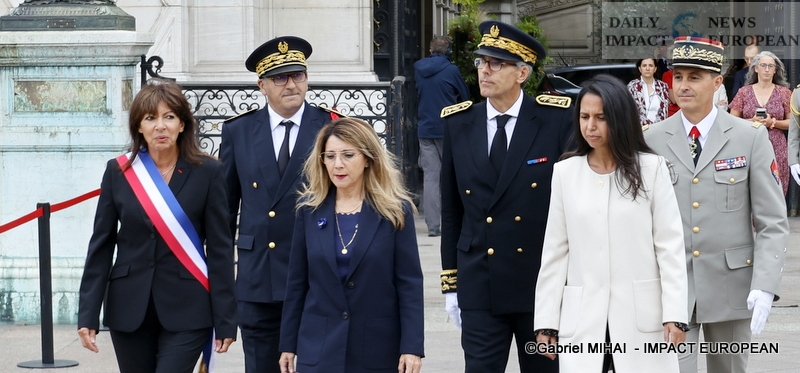
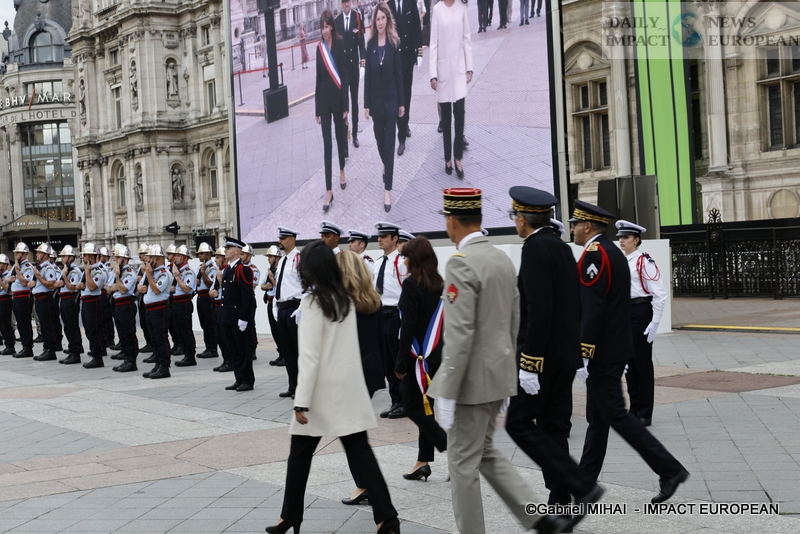

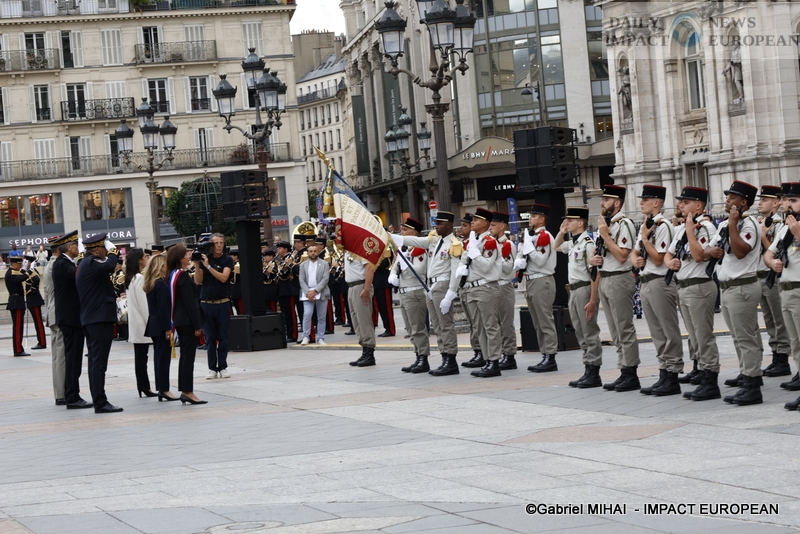
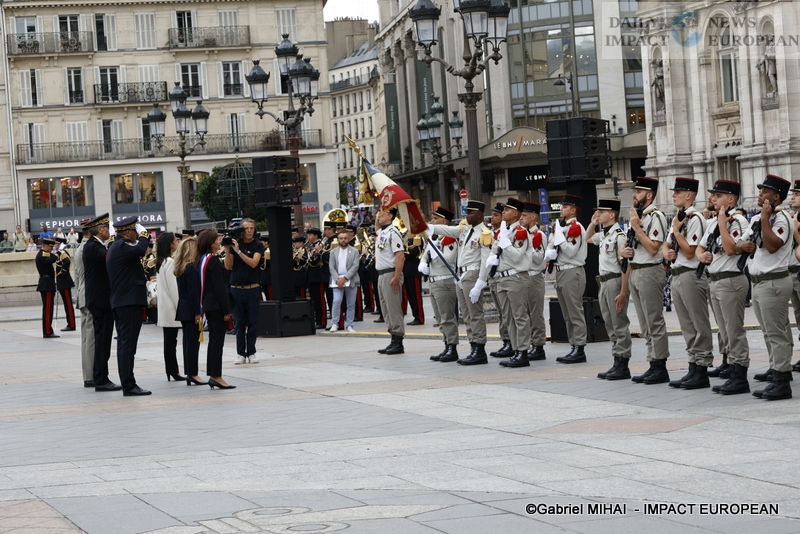
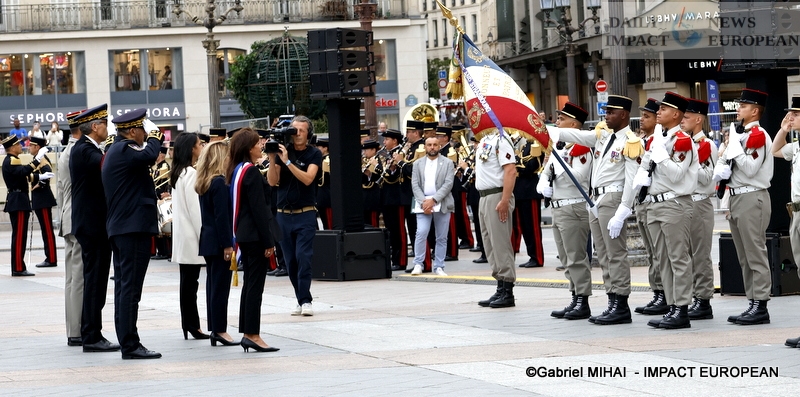
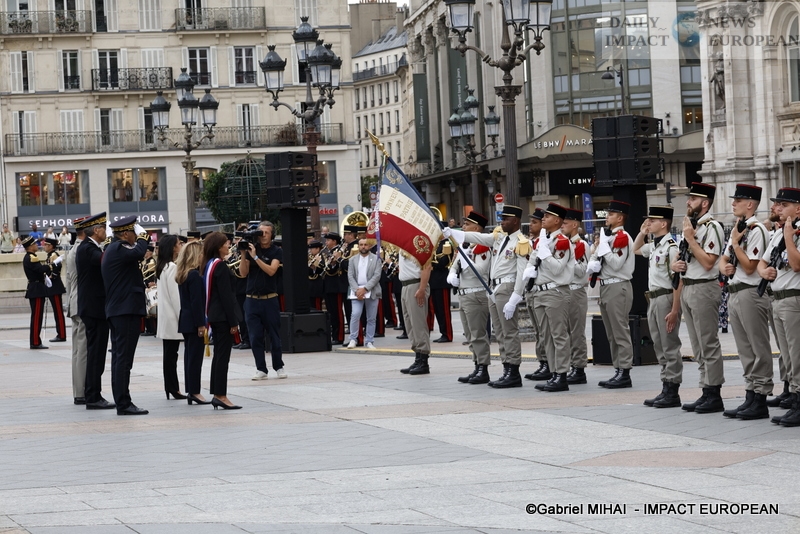

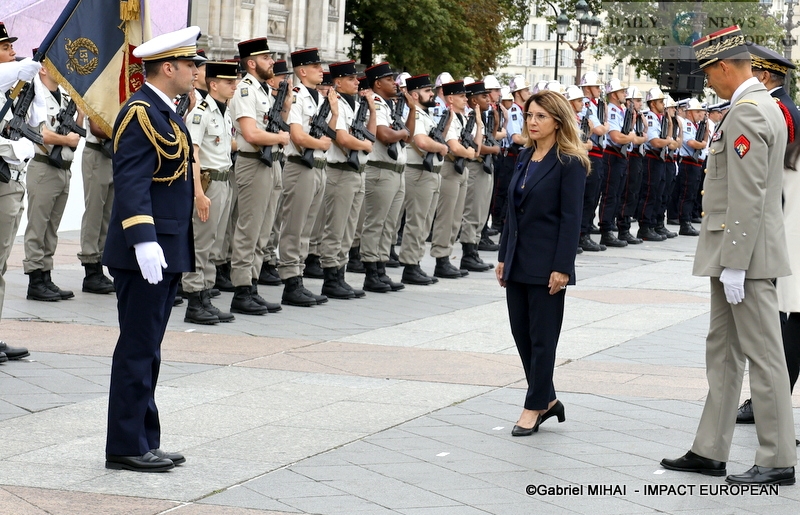
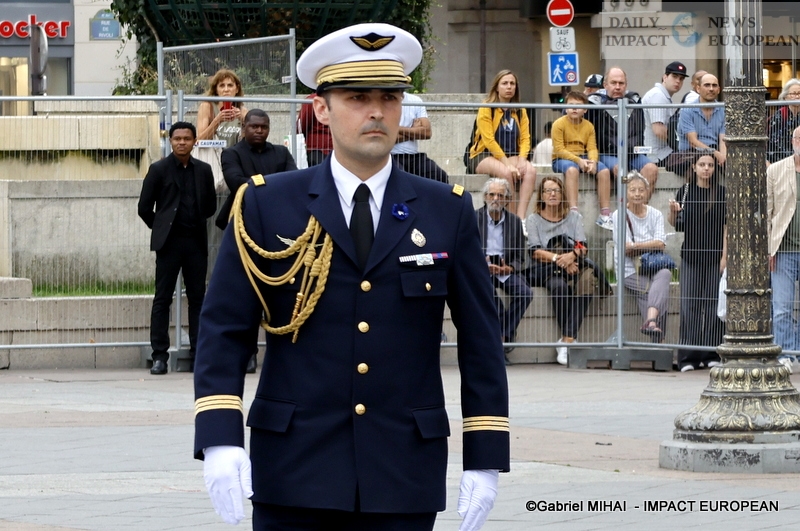
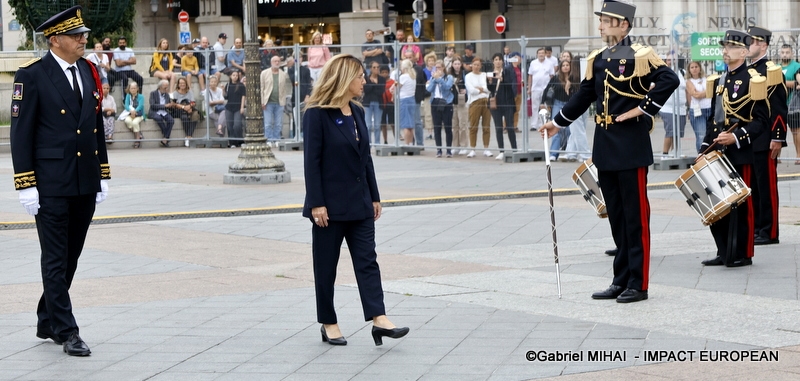
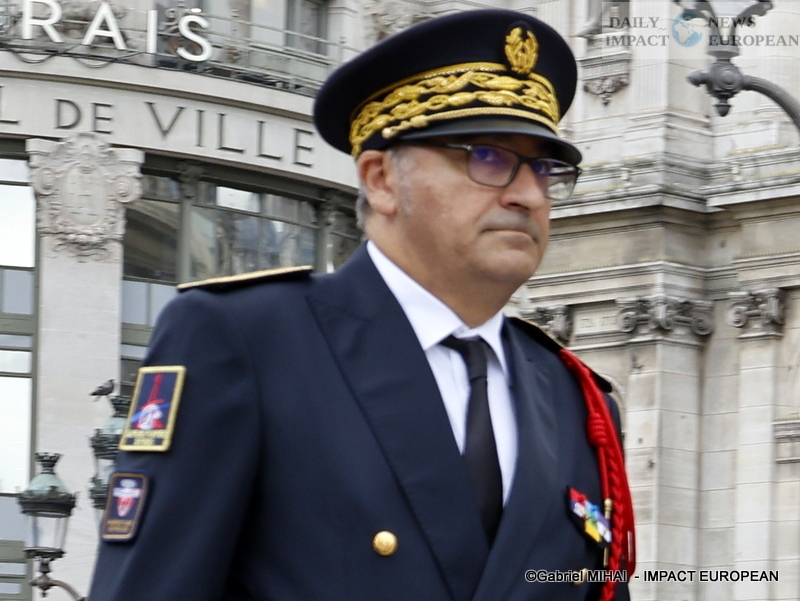
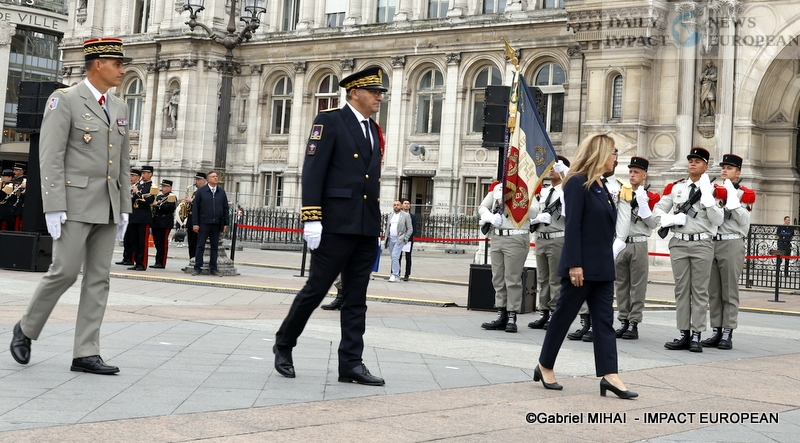
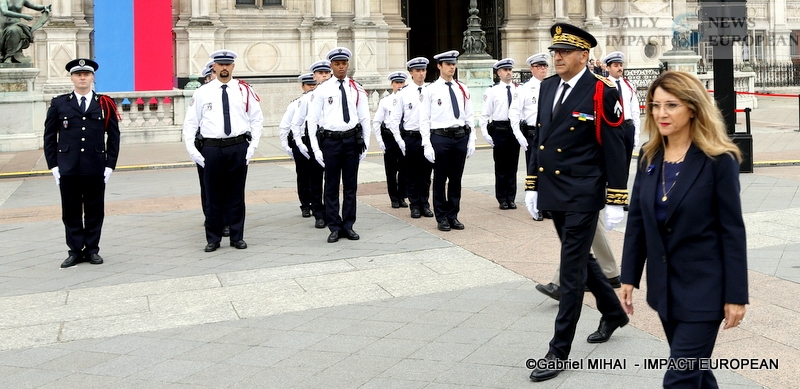
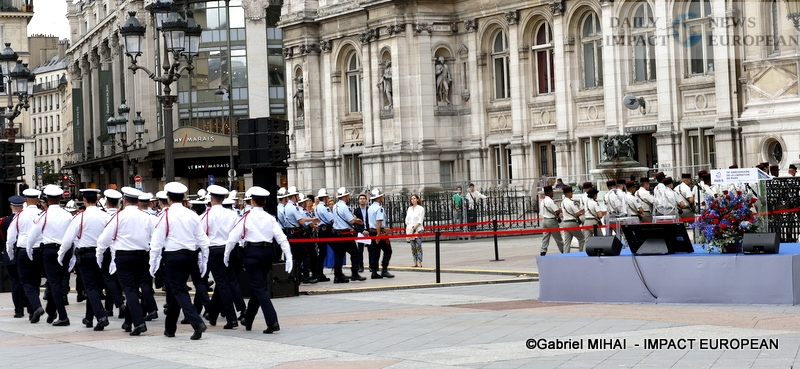
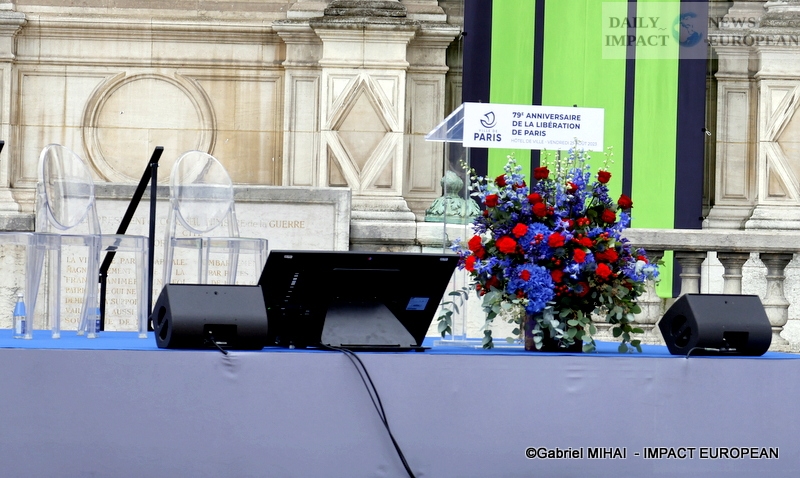
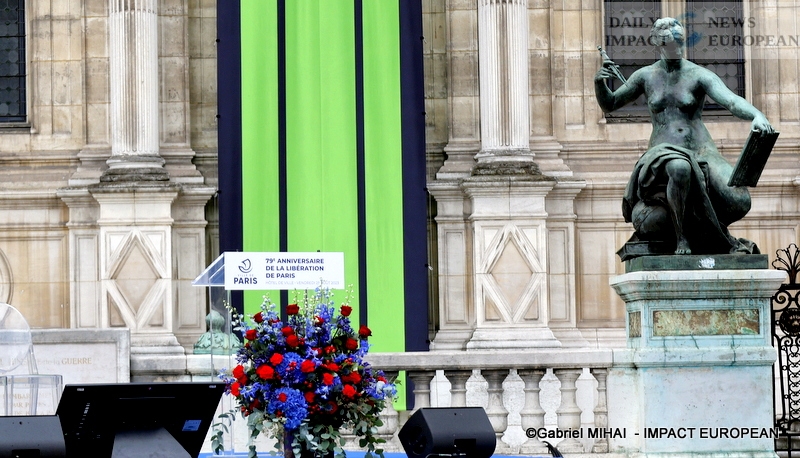
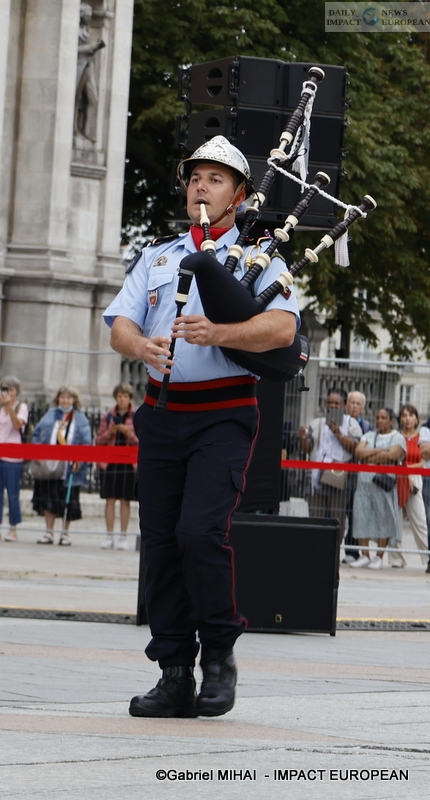
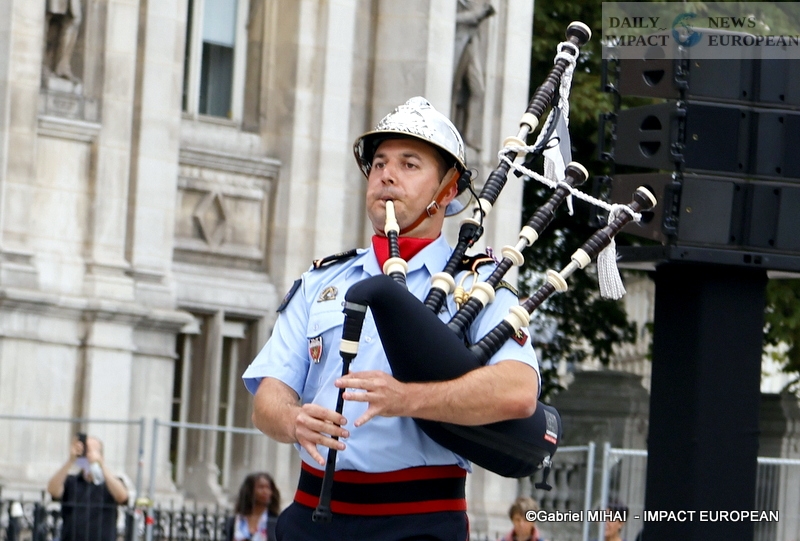
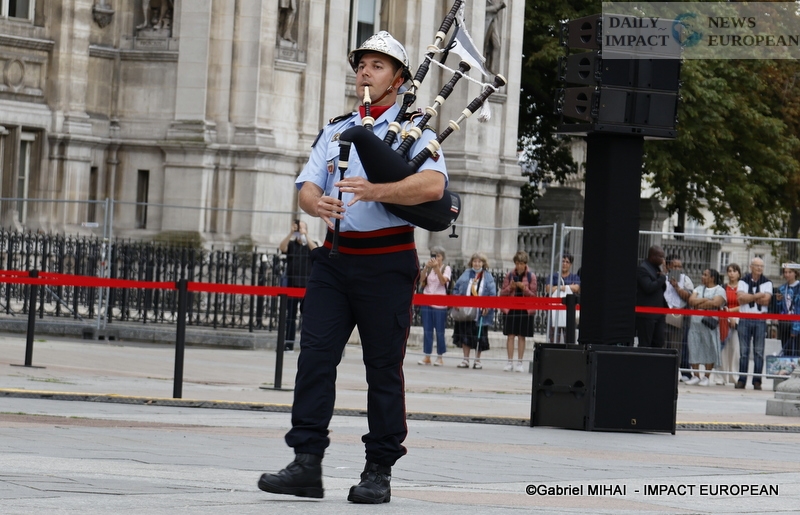
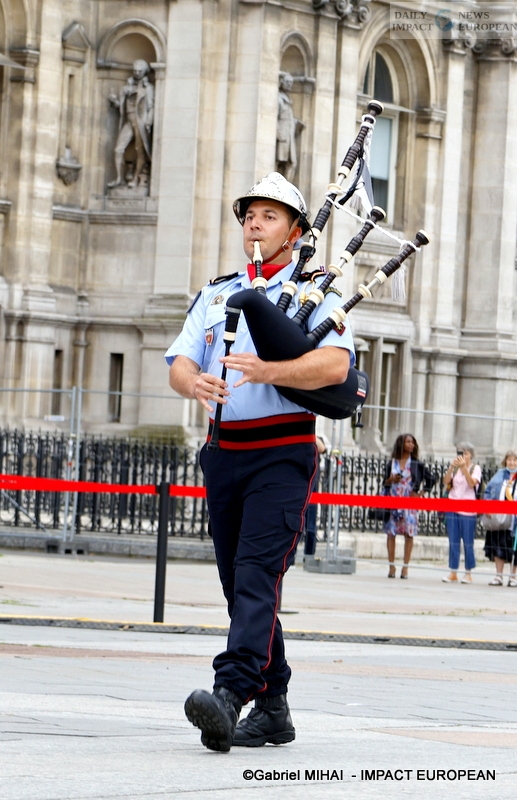
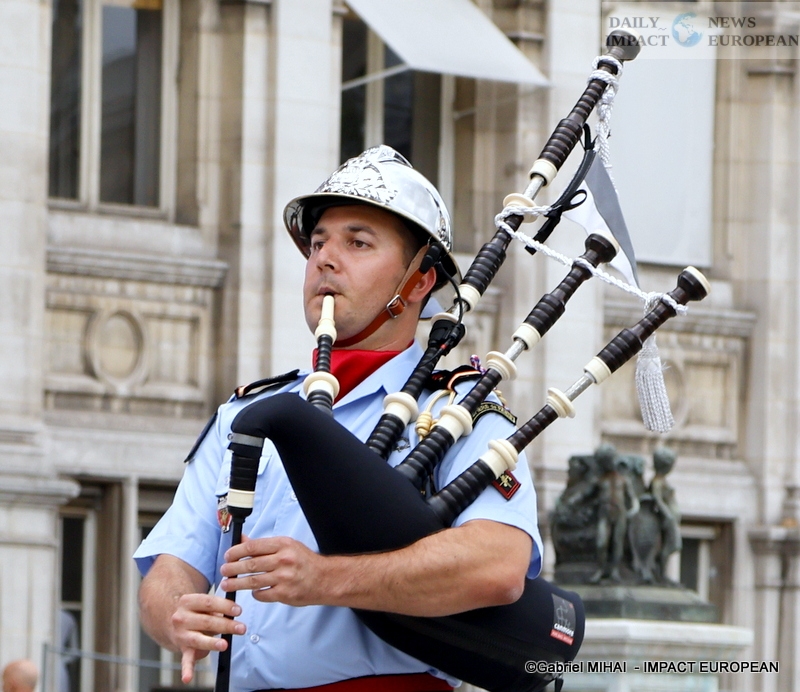
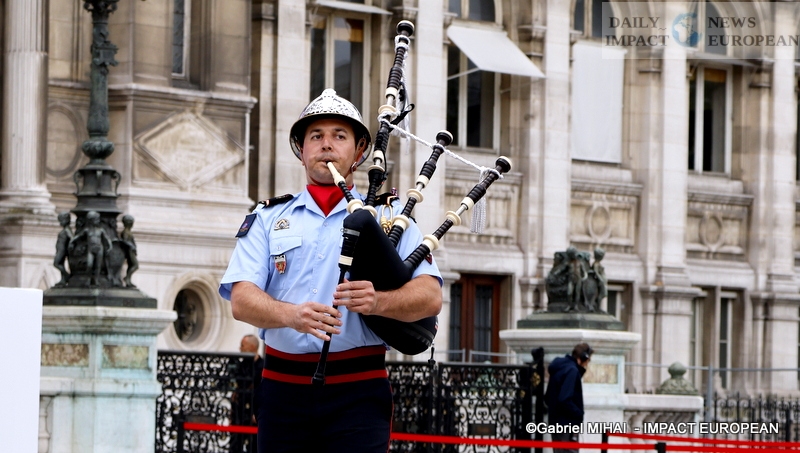
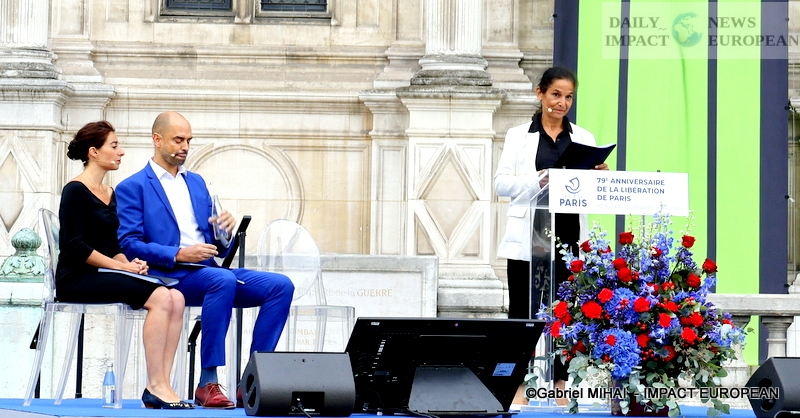
More Stories
Meeting between French and Israeli counterparts Emmanuel Macron and Isaac Herzog at the Élysée
“Dansong” at the Avignon Off Festival 2024
Olympic Flame at the Jardin du Musée Mac Val